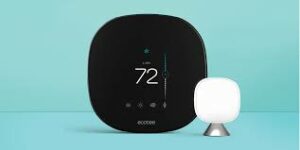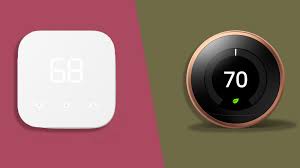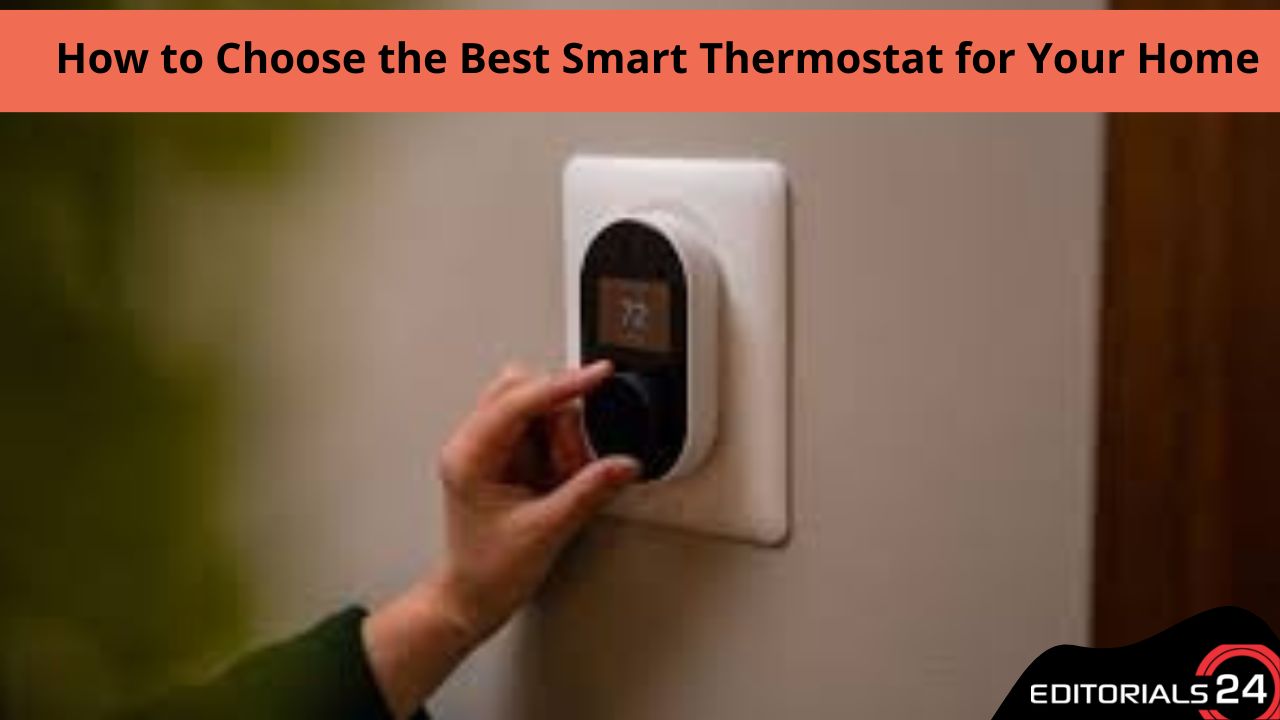With the help of a smart thermostat, controlling the temperature in your house is as easy as creating a schedule on an app. You no longer have to get up in the middle of the night to deal with a manual thermostat if you get cold.
You can now rapidly alter the temperature while you’re away or use your voice to make a change. But with so many choices, it’s worthwhile to identify the ideal smart thermostat for your house and your demands.
Compatibility
Check out Your HVAC (heating, Ventilation, and Air Conditioning) System to See Which Thermostats Will Really Work with It Before You Even Consider Features or Pricing. While the majority of Contemporary Systems Are Practically All Compatible with Smart Thermostats, Some Systems Could Need an Adapter.
a Professional Installation May Also Be Necessary for More Complicated Systems to Guarantee Proper Operation.
In Most Cases, Smart Thermostats Are Compatible with HVAC Systems Created After 1975. with Furnace or Oil Boiler Systems, You Could Still Be Able to Utilise a Smart Thermostat, but You’ll Need a Specific Adapter, Typically Known as A C-Wire (common Wire) Converter to Make Your Existing Wiring Work with The Thermostat.

Most Smart Thermostats on The Market Cannot Be Used with Baseboard Heating, Biofuels, or In-Wall Heating.
Check the Wiring Inside Your Thermostat if You’re Still Unsure About Hvac Compatibility by Removing the Lid. It Could Not Be Compatible without An Adaptor if The Wires Are Thick. Smart Thermostats Provide More Dependable and Constant Power by Using Much Thinner, Low-Voltage Connections.
You Can Convert to A Smart System for Homes with Sophisticated HVAC Systems that Feature Zones, Multi-Stages, or Varying Speeds, but You’ll Need to Hire a Professional Installer to Do It.
Qualities to Consider
The Heating and Cooling in Your Home Can Be Automated with The Help of A Smart Thermostat, Which Can Make Simple Changes via An App or Make Adjustments Based on Whether You Are at Home, Asleep, or Away.
as These Systems Continue to Advance in Intelligence, It Is Now Easier than Ever to Heat and Cools Your Home While Saving Money on Your Energy Bill. Think About the Aspects That Are Most Important to You when Selecting a Model:
Voice Command: The Majority of Thermostats Let You Operate Them Using Voice Commands. While Some only Support One of Google Assistant, Amazon Alexa, or Apple’s Siri, Some Support All Three (like a couple of Ecobee Models). Make Sure the Voice Assistant of Your Choice Is Compatible with Your Thermostat.

Read More: How to Reset a Mac: Reset the Mac Book Air or Mac Book Pro to Factory Settings.!
Support for Apps: There Is an App to Control Every Smart Thermostat. One that Doesn’t Support Both IOS and Android Is Quite Uncommon. Make Sure the Thermostat Is Compatible with Your Smart Hub System if You Wish to Control It Using the App on Your Smart Home Hub.
Learning: It’s Convenient to Be Able to Control Your System from A Smartphone, but The “smart” Elements of Your Thermostat Are the Ones that Can Learn Your Habits and Schedules to Adjust the Temperature to Suit Your Demands.
Sensors: The Ability for Thermostats to Learn Is Enabled by Sensors. There Are Numerous Types of Sensors, Such As:
- Moving – Tracks Your Movement when You’re Leaving the House, Going to Bed, or Both.
- Location – Whenever You Approach the Thermostat, It Automatically Turns on The Screen.
- The Temperature To Get More Uniform Heating and Cooling, Look for Hot and Cold Patches Around Your House.
- Obtained – Recognises the Presence of People in A Space to Tell the Thermostat to Deliver More Pleasant Heating and Cooling in Such Areas. It Can Also Help Reduce Energy Use in Empty Spaces.

Read More: The Best Way to Modify or Reset Your Gmail Password..!
Geofencing: Allowing Your Thermostat to Adjust the Temperature Based on The Location of Your Phone Will Help You Conserve Electricity While You’re Away. the Thermostat Automatically Adjusts to A Temperature that Is More Pleasant for You as You Move Closer to Home.
Alerts for Filter Changes: It’s Simple to Forget to Routinely Alter Your Filters. Your HVAC System Will Operate More Securely and Effectively if You Receive Warnings When It’s Time to Change Your Filters.
Area Heating: Without the Need for Additional Thermostats, You May Specify Various Preferences for Specific Rooms or Zones.
